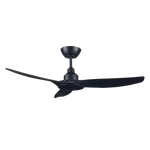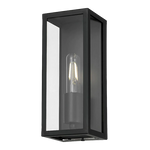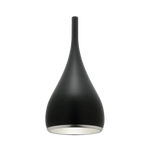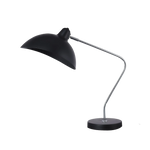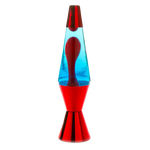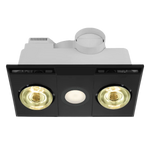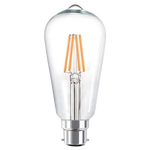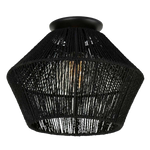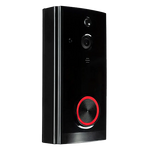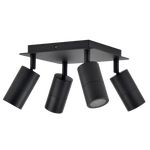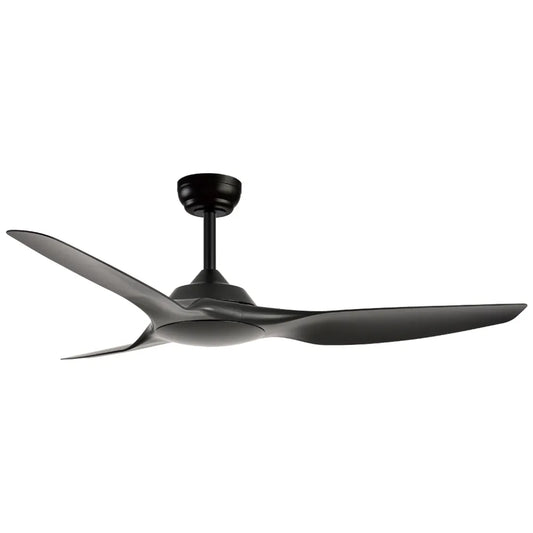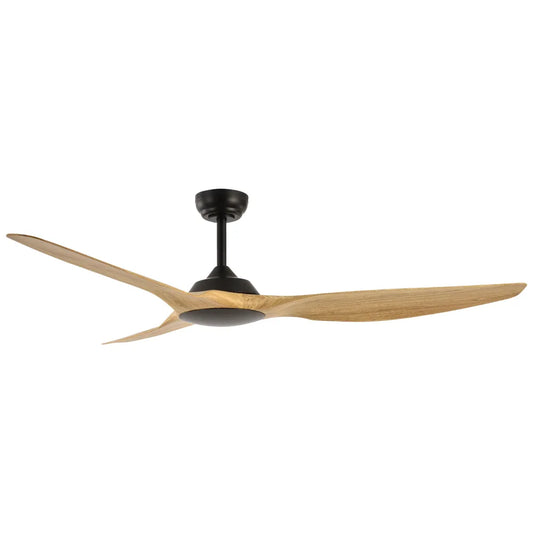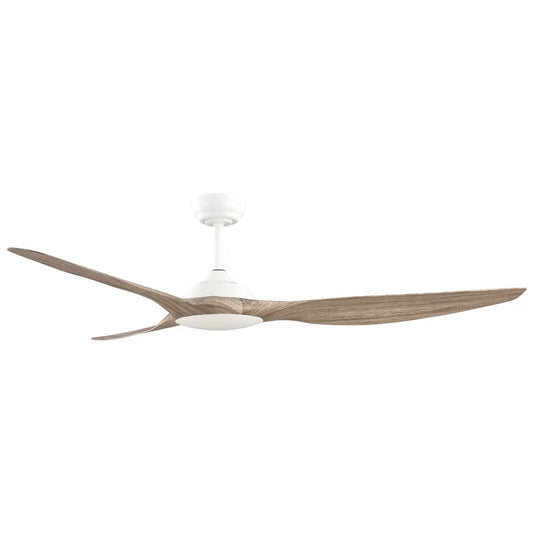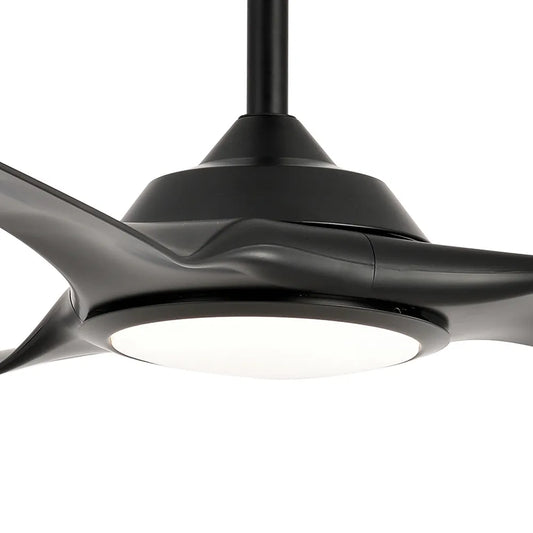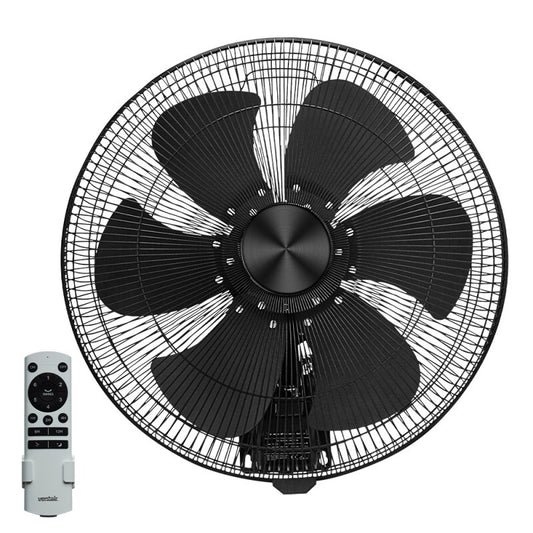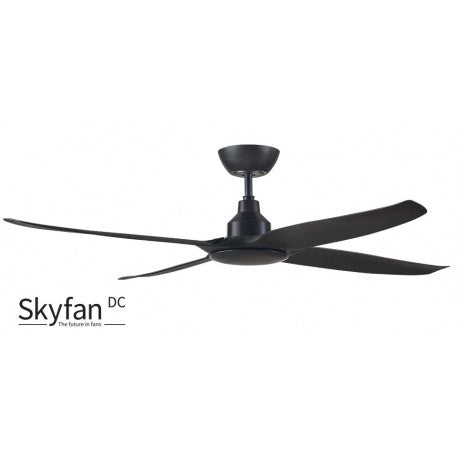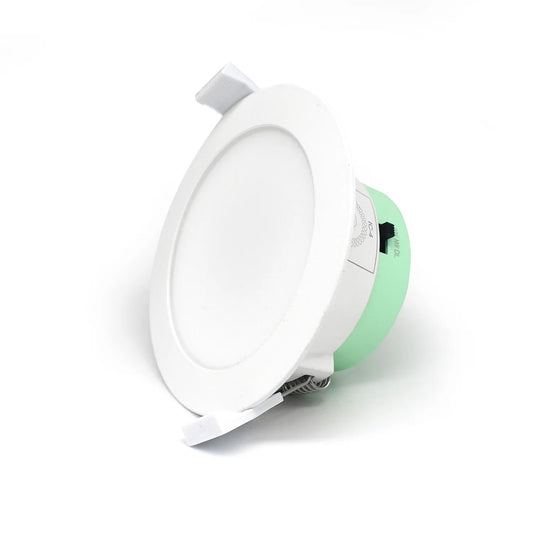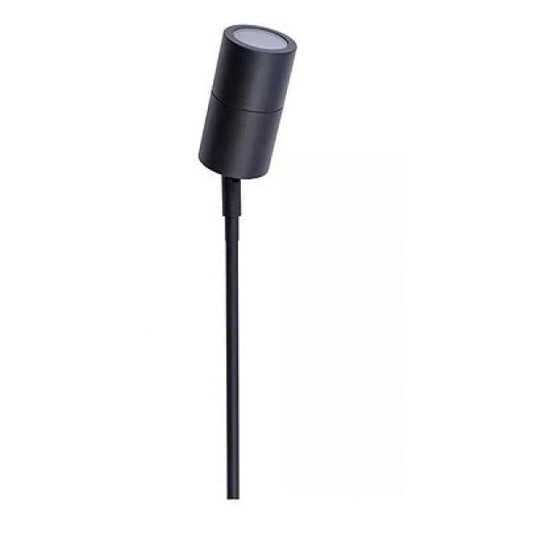Explore our collections
Empower your purchasing power responsibly, embrace the convenience of
Start ShoppingFeatured Products
Wall Dc 45cm Heavy Duty Fan
Manikata 1 - Tricolour LED Downlight
3121b Garden Spike Light Mr16
Hi, I'm Anthony, the owner of Discount Lighting and Fans.
At DLF, we take pride in offering not just products, but an unparalleled experience. My mission is clear: to ensure that our customers always receive the best prices and service without compromise. I strongly believe in fair competition and hold ourselves to the highest standards to maintain integrity in our industry. My aim is to make DLF’s diverse range of products accessible to every corner of this beautiful country. From elegant chandeliers to cutting-edge ceiling fans, we are here to illuminate homes and enhance comfort nationwide. Join us on this journey and experience where quality meets affordability, and customer satisfaction is our priority.
Anthony Camilleri

Life just got brighter with Discount Lighting and Fans
What our customers say...
Welcome to Discount Lighting and Fans
We aim to change how you see lighting and fans as our handpicked collection goes beyond the usual, bringing in brightness, playful colors, and high quality craftsmanship at reasonable prices.
Our dedicated team of lighting design consultants specialises in tailored solutions for both indoor and outdoor spaces. Explore our showcase featuring top brands like Fiorentino, Havit lighting, Mercator, and more, both online and at our locations in North Brisbane and the Sunshine Coast.
Discover the perfect fusion of affordability and quality as our knowledgeable staff guide you to ideal lighting solutions for your lifestyle. Life gets brighter with Discount Lighting and Fans.
Learn more about DLF